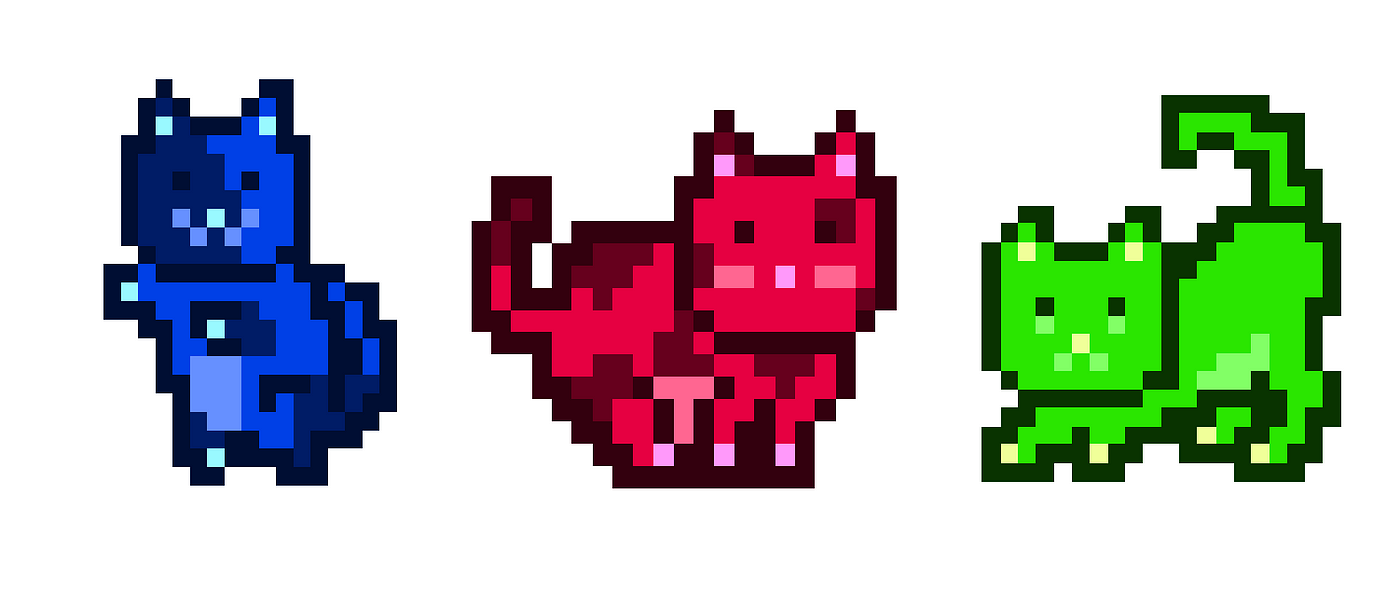What is truly valuable?
A crypto collective (NFT), like any other collectible is dictated by the same laws when its value is assessed. The obvious factors such as limited total supply of the collectible type, higher barrier to entry or difficulty to acquire the collectible, as well as having and possessing historical or sentimental value are always present.
Instead of attempting to measure these factors, I believe the case for a valuable collectible is summarised beautifully in conversation with a friend who has this to say:
“The people who owned them at the start didn’t necessarily do so because they believed it would be worth a tremendous amount in the future. They owned them because they were enthusiasts about the space, and those are the people who don’t dump supply for a small value. This results in a mismatched supply and demand where supply heavily outweighs demand.”
This idea is almost universal in all collectibles. From Pokemon cards and Baseball cards to vintage cars. The original owners purchased something because it had value to them, not necessarily because it was a speculative investment.
“When you buy a Crypto Punk or a Cryptokitty, you are not only buying the history but also buying a representation of early enthusiasm. Take comic books for example, when they became popular new prints are not worth as much as early prints because the enthusiasm is not valuable anymore. You have people collecting at cheap prices for the sake of collecting.”
That is not to say that all collectibles launched to specifically be collectibles fail, but many of them do because they lack that true enthusiasm.
This really places value of a few NFTs, those collectibles that predate the ERC-721 standard which would hold great historical significance and those that have a strong active community who are genuinely enthusiastic about their collections.
The Renaissance Paintings: CryptoPunks
 The king of NFTs and the one to inspire the ERC-721 standard.
The king of NFTs and the one to inspire the ERC-721 standard.
It was during 2017 that the American studio Larva Labs released CryptoPunks, a project in which 10,000 24x24 pixel avatars were created, freely to be claimed by Ethereum users and available to trade (bid on, sold on), on the Ethereum blockchain. Each cryptopunk’s design was determined by an algorithm that randomly assigned a number of attributes to each one of the unique avatars.
The distribution of CryptoPunks is mostly in the hands of early adopters of the Ethereum network who would be considered whales in the Ethereum space, Venture Capitalists and High Network Tech-savvy investors, or lost forever in an inaccessible wallet. That in itself is a good sign price will stay high.
The Runner Ups: Mooncats
 For coping with not being able to afford a Crypto Punk
For coping with not being able to afford a Crypto Punk
Another early NFT inspired by CryptoPunks, Mooncats was an unfinished NFT project developed by Ponderware in 2017. See this Twitter thread for the discovery. There are 25,344 cats, and a breakdown of traits can be found here.
The Dark Ages: Etheria
 Billionaire Island
Billionaire Island
Contrary to a common belief that Crypto Punks are the first NFT, they actually aren’t. So far, the first known NFT is Etheria, a Minecraft-like map where you can buy and sell hexagon “tiles” on a map. Etheria debuted in 2015 and is almost as old as Ethereum itself. Scarcity is very high since there are less than 1000 different tiles, however, the barrier to entry is high, with prices reaching 500 ETH for a single tile with no function. But then again, how do you rationally justify owning a pixel human (or ape or alien or zombie if you are lucky).
Future Outlook
Although the current NFT marketspace has seen a significant dip in the prices of the antiques and the craze around NFTs have died down since the boom of early 2021, NFTs are here to stay and as crypto archaeologists dig their way through mountains of projects, more classic NFTs we should stay on the lookout for what pops up.







































